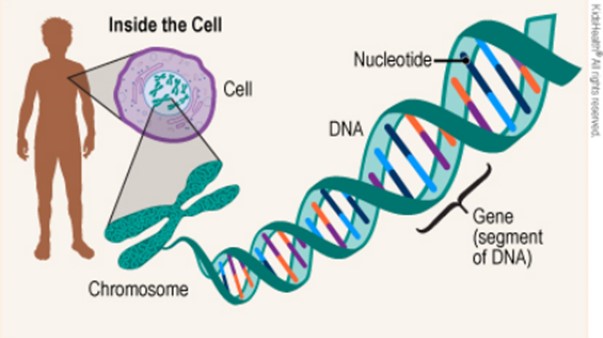In the following data table of an experiment carried out at 4°C (39.2 F) over 4 hours
|
Solution in bag |
Solution outside bag |
Bag mass change (g): |
|
water |
Water |
-0.2 |
|
20% sucrose |
Water |
+2.4 |
|
, 40% sucrose |
Water |
+4.3 |
|
, 60% sucrose |
water |
+5.8 |
Which of the following options represents the dependent variable?
Duration
Temperature
Bag mass change
Sucrose concentrations.
The Correct Answer is C
In an experiment, the dependent variable is the variable that is being measured and is expected to change in response to changes in the independent variable(s).
In this case, the bag mass change is being measured and is expected to change in response to changes in the independent variable (sucrose concentration).
Choice A is incorrect because duration is not a variable in this experiment.
Choice B is incorrect because temperature is not a variable in this experiment.
Choice D is incorrect because sucrose concentration is an independent variable, not a dependent variable.
An independent variable is a variable that is manipulated by the experimenter to see how it affects the dependent variable.
Nursing Test Bank
Naxlex Comprehensive Predictor Exams
Related Questions
Correct Answer is D
Explanation
Genes are segments of DNA that encode the information for making proteins.

The sequence of nucleotides (As, Ts, Cs, and Gs) in a gene determines the amino acid sequence of the protein. DNA sequencing is the process of determining the sequence of nucleotides in a piece of DNA.
Choice A is incorrect because enzymes are proteins that catalyze chemical reactions, not DNA sequences. Choice B is incorrect because blood types are determined by the presence or absence of certain antigens on the surface of red blood cells, not by DNA sequences. Choice C is incorrect because hormones are chemical messengers that regulate various body functions, not DNA sequences.
Correct Answer is B
Explanation
The corpus luteum is a structure that develops in the ovary after an egg has been released.
It secretes the hormone progesterone, which prepares the uterus for a fertilized egg to implant and helps maintain the uterine lining during pregnancy.
Choice A. Umbilical cord is not correct because it is a structure that connects the developing fetus to the placenta and provides nutrients and oxygen to the fetus, but does not secrete hormones.
Choice C. Oviduct is not correct because it is a tube that transports eggs from the ovary to the uterus, but does not secrete hormones.
Choice D. Oocyte is not correct because it is an immature egg cell, but does not secrete hormones.
Whether you are a student looking to ace your exams or a practicing nurse seeking to enhance your expertise , our nursing education contents will empower you with the confidence and competence to make a difference in the lives of patients and become a respected leader in the healthcare field.
Visit Naxlex, invest in your future and unlock endless possibilities with our unparalleled nursing education contents today
Report Wrong Answer on the Current Question
Do you disagree with the answer? If yes, what is your expected answer? Explain.
Kindly be descriptive with the issue you are facing.
